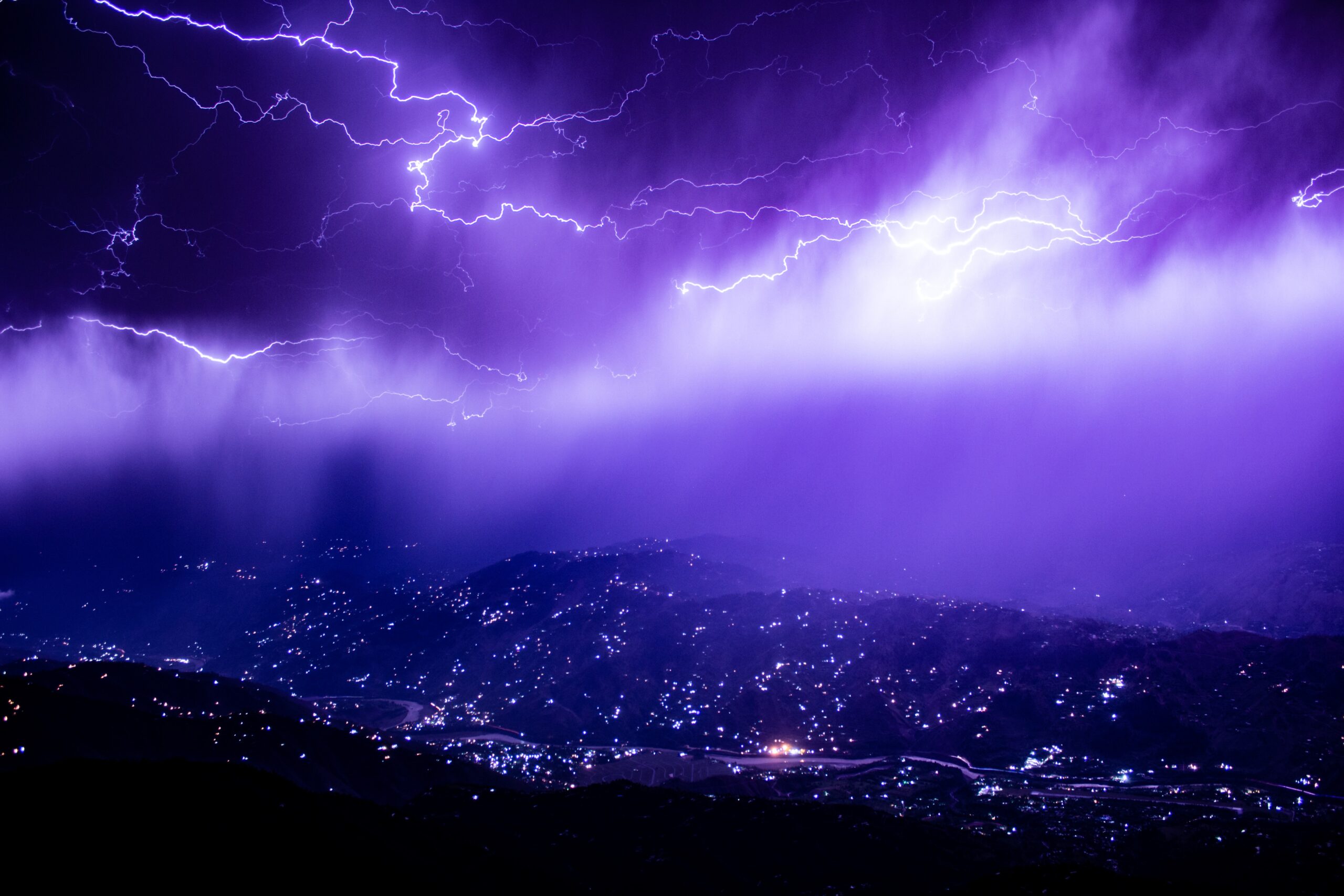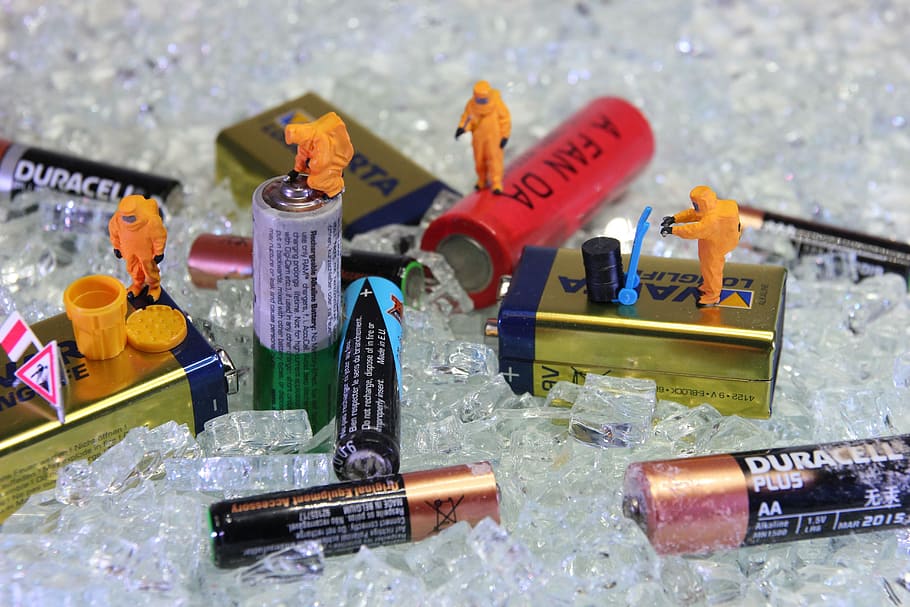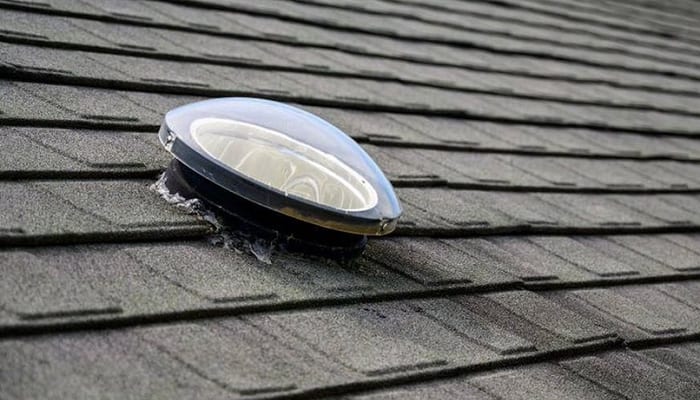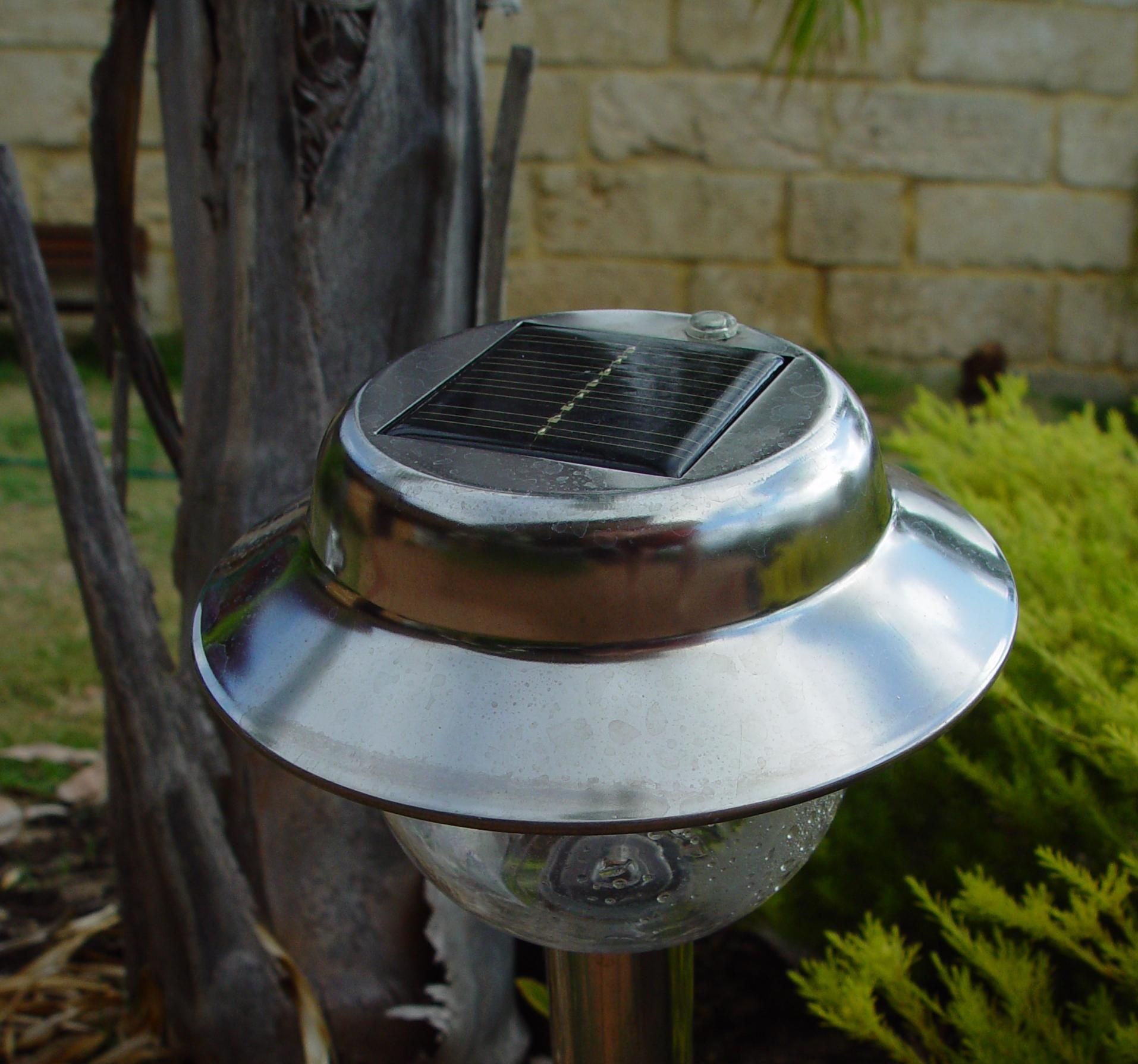If you’re wondering what happens if a solar panel gets struck by lightning, you’ve come to the right place!
If you have been keeping up with our content here at SolarSena you will know that we have been talking a great deal about the effects of weather, and particularly lightning, on solar panels. My first article took a look at Whether or Not you Could Have Solar Panels Near the Ocean, the answer to this question was a definitive yes. While there are some concerns about the salt spray, if you get corrosion resistant solar panels you should have no issues keeping your panels at 100% operational capacity. The second article explored the question, Do Solar Panels attract lightning. We busted this myth and gave you the information to say, no, solar panels do not attract lightning. My most recent article went in depth on how you can protect your solar panels from lightning. We have now reached the final article in this series: what happens if you solar panels actually get struck by lightning. Keep reading to learn all there is to know about what happens to solar panels in the aftermath of a lightning strike and what you can do to minimize the cost, and damage.

What type of lightning strike occurred?
There are two main types of lightning strikes, direct and indirect, and the other thing that truly differentiates them is where they occur relative to what you are talking about. For example, if a building next to yours gets struck, that would be considered an indirect lightning strike for your building, but a direct strike from the other building’s perspective.
In most cases a direct lightning strike will be much more destructive however that does not mean that an indirect strike is harmless. Throughout the rest of this article I will give an in depth look into the effects of both direct and indirect lightning strikes, what you should be more concerned about, and how to protect your solar array from both types of strikes.
A Direct Strike
Far more uncommon than an indirect strike, a lightning strike is only considered direct if the bolt of lightning actually strikes the solar array. Of course you can see why this is very rare, however if it does happen, the damage can be devastating. Lightning carries with it an immense amount of energy in the for of heat and electrical charge. One bolt of lightning is powerful enough to heat the air around it to over 50,000 F, hotter than the surface of the sun, if only for a split second. This, combined with the over 300 million volts of electricity that pulse through a lightning bolt and it is not difficult to see how these strikes can cause so much damage.
When a bolt of lightning strikes something multiple things happen almost instantaneously and the energy that is transferred from the bolt to whatever it happens to hit can be devastating. The most obvious result of a lightning strike is the external damage that occurs. Due to the heat transfer, lightning bolts will melt the exterior of your solar panels rendering them ineffective. In addition, the electricity contained within the strike will induce huge surges throughout the electrical components of the panel which can overheat and destroy the wiring and other electrical components.

An Indirect Strike
Thankfully, a direct lightning strike is quite uncommon so you do not need to worry too much about your panels getting melted by a bolt. However, indirect lightning strikes are far more likely and can still cause lots of damage. If a bolt strikes the ground or the roof near your panels there are a number of things that could happen but the most common is a surge of electricity through the material that is struck by the lightning that spreads and goes into the solar panels. This can overwhelm the solar panels circuits resulting in over heating, fires, and fried electrical panels.
An average bolt of lightning is carrying with it over 300 million volts of electricity. This is 2.5 million times more electricity than the average household electrical outlet. When the bolt strikes something, electricity is transferred and disperses. While this happens quite fast, if your panels are within a certain range, typically less than 100 feet, the effects of the strike can be felt by people and panels alike. As the surge of electricity travels it dissipates quickly, however the closer your panels are to the strike the more damage it will do.
How to Protect from a lightning strike
I have already covered this topic in detail in my article how you can protect your solar panels from lightning, however I will give a quick recap here for anyone who might have missed that piece. To protect from a direct strike you will want something akin to a lightning rod. This is a rod of metal, normally copper, that extends above your roof and attracts lightning. Normally, lightning will strike the highest object in an area, a tall building, a tree in a field, or in this case, the lightning rod on top of your roof. The rod can take the heat and electrical charge from the bolt and transfers it safely to the ground where it rapidly dissipates.
Protecting your solar panels from an indirect strike is a slightly different story. In this case we are not looking to protect our panels from the lightning strike itself, but from the electrical surge that comes with it. To do this you will want to make sure that you install surge protectors with your solar panels. Surge protectors are important everywhere but doubly so if you are installing a solar array in an area where lightning is common. They will absorb the electrical surge and slowly feed it to the panels so that they can easily handle the charge. This will prevent overheating, fires, and fried electrical components.
Conclusion
Now that we have reached the end of our lightning series I hope you have learned alot about the damaging effects that lightning can have on your solar panels. In addition, I hope you know now the best ways that you can protect your solar array from both a direct and indirect lightning strike. Thank you for taking the time to read my articles, if there is something you would like us to write about next please leave it in the comments down below and we will get to it as soon as possible.
Frequently Asked Questions
Do solar panels attract lightning?
This myth has been perpetuated since the invention of solar panels and it is no more true now than it was decades ago. Solar panels do not attract lightning nor do they increase your risk of a lightning strike.
What happens if lightning strikes a solar panel?
The heat from the bolt can melt the solar panel while the electrical surge can cause fires from wires sparking as well as fried electrical components.
Are solar panels storm proof?
Solar panels are relatively storm proof; however, during harsh winds, lightning or hail extra precautions must be taken to ensure that your panels survive the rough weather. Be sure to talk to your solar installer if you live in an area that frequently experiences harsh weather.



